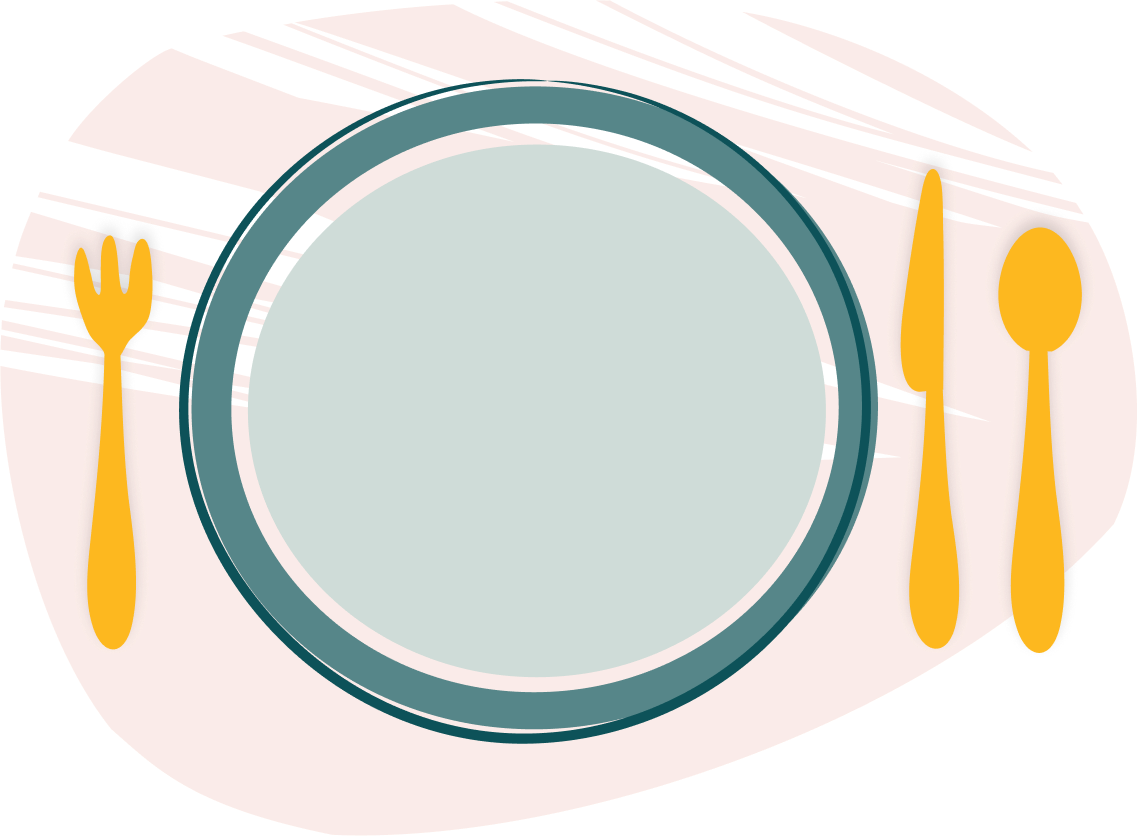Barn
The cows at Nellie Holsteins live in a state-of-the-art free stall barn designed for maximum comfort throughout the year. They are fed a TMR “Total Mixed Ration” food diet that is made up of alfalfa Haylage, corn silage and protein mix with additional nutrients. The Nelsons grow and harvest all the forages (alfalfa and corn) that the cows consume. An automatic feed pusher moves the feed towards the cows every two hours so that the cows have constant access to feed and don’t ever go hungry.
Milk
The cows are milked twice a day – 5am and 5pm. The cows are moved from their pen in the barn to the holding area. Once in the holding area the cows then enter the milking parlor at their own speed and walk into a milking machine place. Once the cows are in place, the bar lowers to keep the cows safe during milking and Doug, Derrick and Miranda clean their teats and place the milking machines on each cow. Once the cow has given all her milk, the milking machines come off, and they are free to return to the barn.
Cheese
The Nelson’s sell their milk to Dairy Farmers of America “DFA” The milk hauler comes every other day to pick up the milk from the bulk tank where the milk is stored on the dairy. The milk hauler delivers the milk to a processing plant where the milk is mainly turned into cheese.
Nellie Holsteins is a 200-head dairy farm that was expanded in 2018 to be able to support both Doug Nelson and his son and daughter-in-law Derrick and Miranda Nelson. The cows – all Holsteins – live in a tunnel vented barn with automatic fans with sensors that turn the different fans on and off and faster or slower to keep the cows cool in the summer and warm in the winter. The barn has soft, sand-bedded, free stalls the cows can lay on when they like. And they have open access to food all day long that is mixed specially for the herd with corn and alfalfa that is grown on the farm, and then pushed towards them all day long by an automatic feed pusher. Automatic manure scrapers constantly move the manure away from the cows, so the pens stay as clean as possible.
Twice a day the cows are milked in a state-of-the-art double-8 milking parlor with milking machines that measure how much milk each cow produces. At 5am and 5pm the pens are open one at a time and each group of cows moves their way to the parlor. The cows enter the milking parlor in whichever order they please, and once there are eight cows in the milking area, a bar lowers to keep them safe while they are milked. Once they’ve given their milk, the bar raises, and the cows leave the milking parlor and return to their pens in the barn. It takes about two hours to milk all the cows. The milk is pumped into a chilled bulk tank where it stays at 38 degrees Fahrenheit until the milk truck comes to pump it out and take it to the creamery. The creamery uses most of the Nelson’s milk to make cheese.
There are about 175 cows that are giving milk every day. The cows are also artificially inseminated about once a year, so they become pregnant and give birth. It takes about 283 days for a baby cow or calf to be born once the mother cow is pregnant – a little more than 9 months. The female calves, called a heifer calf, then move into calf hutches next to the barn to keep them healthy and safe for just over two months. Then they are moved to the Nelson’s original farm down the road where they live in a barn and on the pasture for about two years until they are ready to have their first baby. Once they have their calf the heifers move back to the big barn for their milk to be harvested.
Each cow wears an activity collar, like a “fitbit,” that measures how much time they eat and ruminate (or chew their cud), how much walking they do, how much time she spends laying down or resting. These collars allow the Nelsons to keep close tabs on the whole herd by looking at the computer program to see which cow might not feel well right away instead of watching all 200 cows in the barn for hours to see if any of the cows (that look pretty similar) are sick. The collars send a notification when the cows are in heat and are ready to be bred to become pregnant. The system also tracks how much milk each cow gives every day, so the farmers can see if something is off or not.
Since the Nelsons moved their dairy herd into the modern barn from the tie-stalled barn, milk production has gone up an average of 15%! That means a cow that used to produce 70 pounds of milk per day now can produce 82 pounds of milk per day because they live in a better barn.

